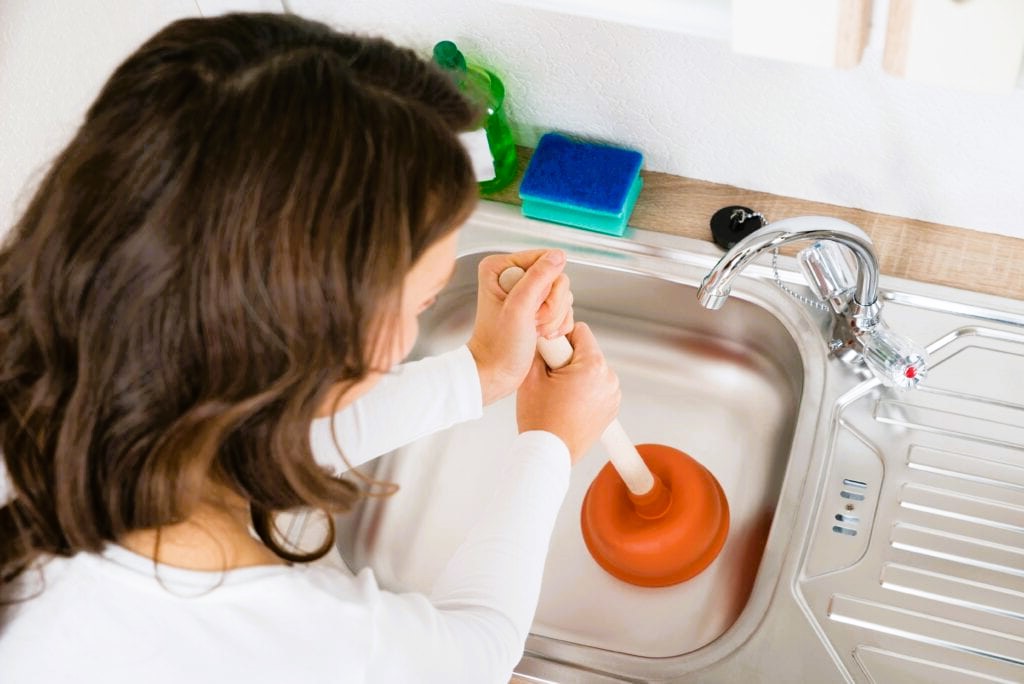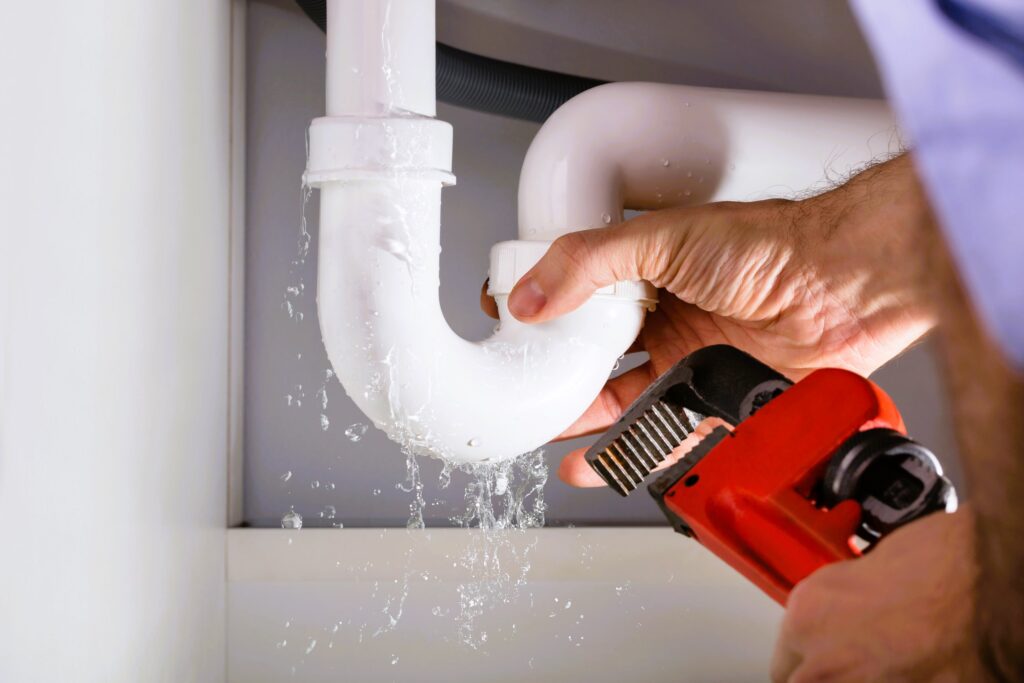Troubleshooting Tips for Common Plumbing Problems
Plumbing issues can disrupt the harmony of a household and, if left unaddressed, may lead to more significant problems and costly repairs. Being equipped with some basic troubleshooting tips can help homeowners identify and, in some cases, resolve common plumbing problems. In this article, we will explore some of the most prevalent plumbing issues and provide practical tips for troubleshooting.
1. Leaky Faucets
A dripping faucet is not only annoying but can also waste a significant amount of water over time. The most common cause of a leaky faucet is a worn-out washer. To troubleshoot and fix this issue:
- Turn Off the Water Supply: Locate the shut-off valve under the sink and turn off the water supply.
- Dismantle the Faucet: Remove the faucet handle and replace the worn-out washer.
- Reassemble and Test: Put the faucet back together, turn on the water supply, and check for leaks.
2. Clogged Drains

Clogged drains are a frequent plumbing problem that can result from the accumulation of hair, soap scum, grease, or foreign objects. Troubleshoot and address clogs using these tips:
- Use a Plunger: For minor clogs, a plunger can often do the trick. Create a tight seal and plunge vigorously to dislodge the blockage.
- Chemical Drain Cleaners: Chemical drain cleaners can be effective for breaking down organic matter causing the clog. Follow the product instructions carefully.
- Natural Solutions: Pour a mixture of baking soda and vinegar down the drain, followed by hot water, to break down substances causing the clog.
3. Running Toilets
A running toilet can waste a significant amount of water and is often caused by a faulty flapper valve or a problem with the float. Troubleshoot and fix a running toilet with these steps:
- Check the Flapper Valve: Inspect the flapper valve for damage or misalignment. Adjust or replace it if necessary.
- Adjust the Float: Ensure that the float is correctly positioned. If it’s too high, water will continuously flow into the overflow tube.
- Inspect the Fill Valve: Check the fill valve for any issues. If necessary, replace the fill valve assembly. Do you like the article? Read also about Enhancing Home Comfort.
4. Low Water Pressure
Low water pressure can be frustrating, especially when it affects multiple fixtures. Troubleshoot and address low water pressure using these tips:
- Check for Leaks: Inspect pipes for leaks that may be causing pressure loss.
- Clean Aerator Screens: Remove and clean the aerator screens on faucets and showerheads to remove sediment and mineral deposits.
- Pressure Regulator Inspection: If your home has a pressure regulator, check and adjust it if needed.
5. Water Heater Issues
Water heater problems can range from inadequate hot water to strange noises. Troubleshoot and address water heater issues with these tips:
- Check the Pilot Light: If you have a gas water heater, ensure that the pilot light is lit. Follow manufacturer instructions for relighting if necessary.
- Flush the Tank: Sediment buildup in the tank can affect efficiency. Periodically flush the tank to remove sediment.
- Insulate Hot Water Pipes: Insulating hot water pipes can help retain heat and improve water heating efficiency.
6. Frozen Pipes
In colder climates, frozen pipes can lead to burst pipes and water damage. Troubleshoot and prevent frozen pipes with these tips:
- Insulation: Insulate exposed pipes in unheated areas of the home, such as the attic or crawl space.
- Heat Tape: Use electric heat tape to provide warmth to pipes in extremely cold conditions.
- Allow Faucets to Drip: During very cold weather, allowing faucets to drip can prevent pipes from freezing.
7. Sewer System Backup
A sewer system backup can result in unpleasant odors and potential health hazards. Troubleshoot and prevent sewer backups with these tips:
- Avoid Flushing Non-Biodegradables: Do not flush non-biodegradable items down the toilet, as they can contribute to blockages.
- Regular Maintenance: Schedule regular sewer line inspections to identify and address potential issues before they escalate.
- Install Backwater Valves: Consider installing backwater valves to prevent sewage from flowing back into your home.
8. Pipe Leaks

Leaking pipes can cause water damage and mold growth if not promptly addressed. Troubleshoot and fix pipe leaks with these steps:
- Identify the Source: Locate the source of the leak and mark the affected area.
- Temporary Patch: For small leaks, use a pipe clamp or plumber’s tape as a temporary fix.
- Professional Repair: For larger or persistent leaks, consult a professional plumber for a permanent solution.
9. Faulty Sump Pumps
For homes with basements, a faulty sump pump can lead to flooding during heavy rainfall. Troubleshoot and maintain sump pumps with these tips:
- Regular Testing: Periodically test the sump pump by pouring water into the pit and ensuring it activates.
- Check Valve Inspection: Ensure the check valve is functioning correctly to prevent backflow.
- Battery Backup Inspection: If your sump pump has a battery backup, check and replace the battery as needed.
Conclusion
While some plumbing issues can be resolved with DIY troubleshooting and repairs, it’s essential to know when to seek professional assistance. Persistent or complex problems may require the expertise of a licensed plumber to ensure thorough and lasting solutions. By staying vigilant and addressing plumbing issues promptly, homeowners can maintain a smoothly functioning plumbing system and prevent more extensive problems.
For more information on plumbing standards and guidelines in Canada, visit Canada.ca.

